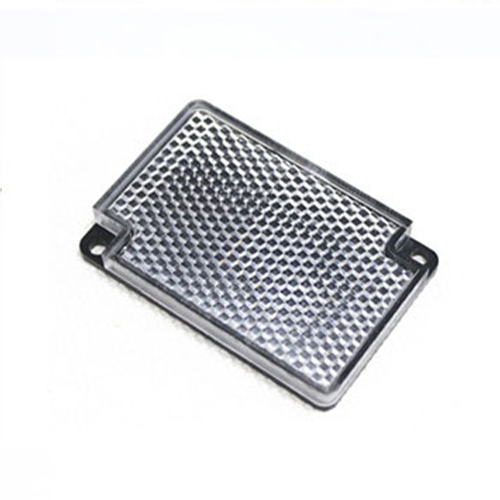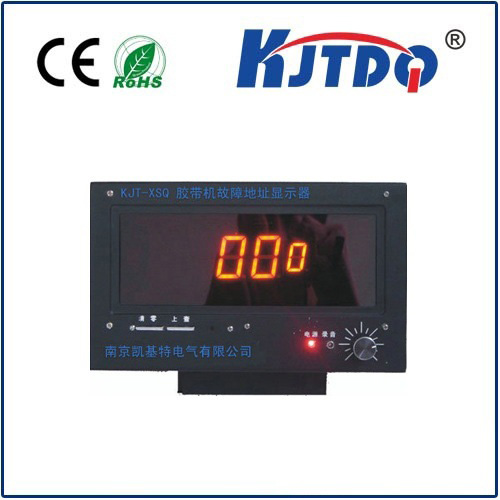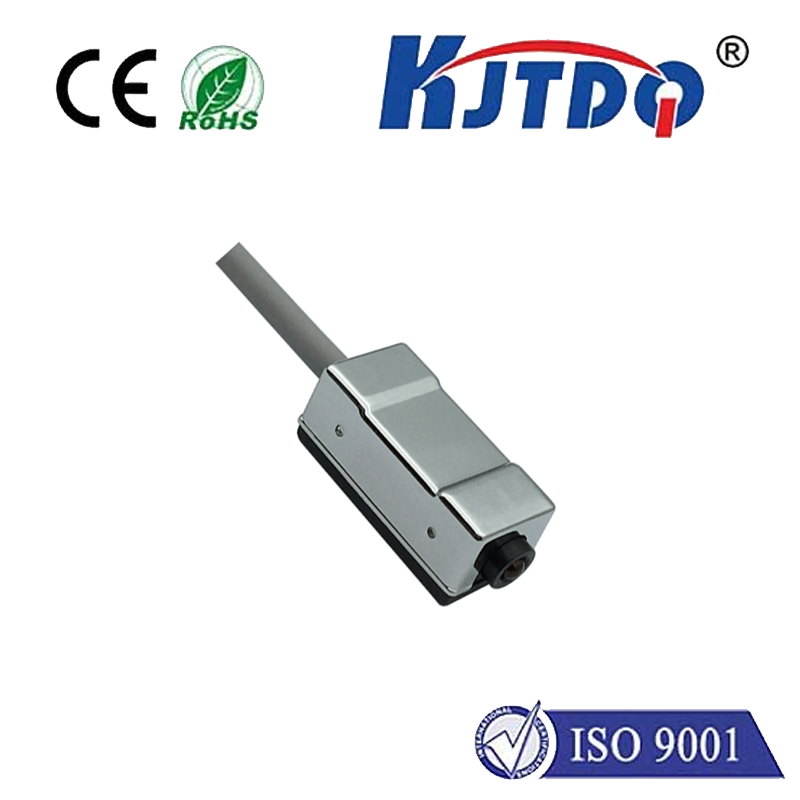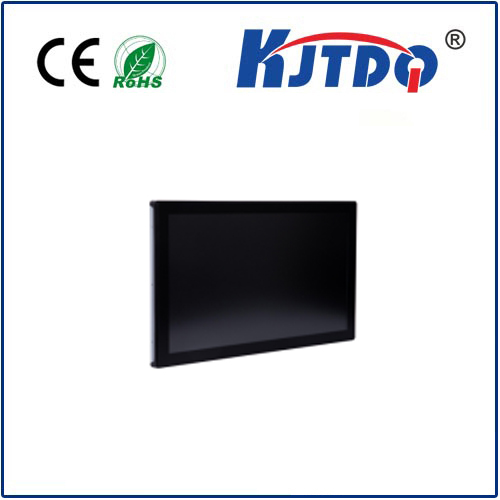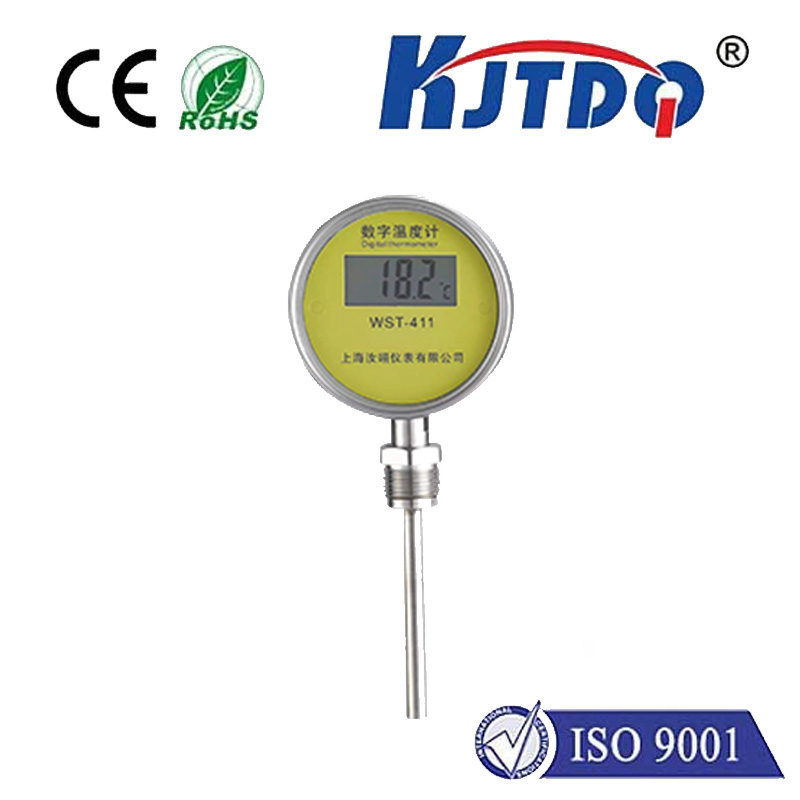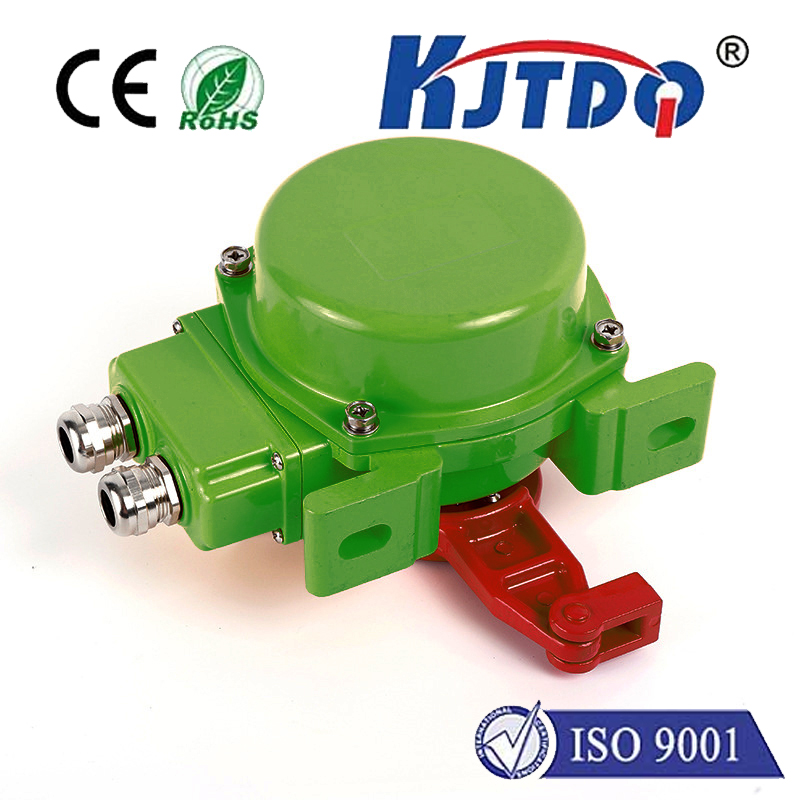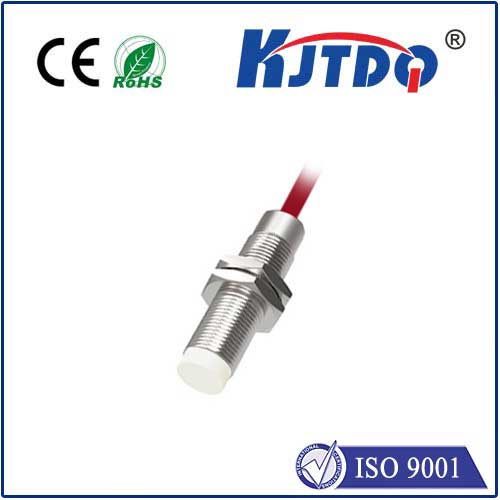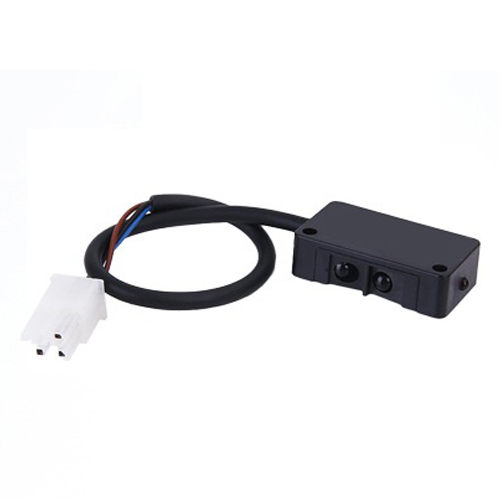atex snap action micro switch
- time:2025-08-02 04:37:28
- Click:0
ATEX Snap Action Micro Switches: Precision Safety in Hazardous Environments
In industrial settings where a single spark can lead to catastrophe, the components you choose aren’t just about function; they’re about fundamental safety. This is especially critical in locations classified as hazardous due to the presence of flammable gases, vapors, dusts, or fibers. ATEX snap action micro switches emerge as indispensable components in these high-risk areas, combining the reliable performance of microswitches with the rigorous safety requirements mandated by ATEX directives. Understanding their role is key to ensuring operational integrity and personnel safety where the margin for error is zero.
Decoding the Core: Snap Action Mechanism
At the heart of these devices lies the snap action mechanism. This design is fundamental to the micro switch’s reliability. Unlike slower, sliding contacts, a snap action switch operates using a spring-loaded lever or plunger. When the actuator reaches a specific point (the “operating point”), stored energy is rapidly released. This causes the contacts to instantly snap from one position (normally open or normally closed) to the opposite state. Crucially, this happens independently of the speed at which the actuator is moved beyond that critical point.
This rapid break/make action delivers several critical benefits in demanding environments:
- Positive Switching: Guarantees a clean, decisive transition between contact states, minimizing the chance of a dangerous partial connection that could cause arcing or signal ambiguity.
- Minimized Arcing: The swift separation of contacts significantly reduces the duration and intensity of electrical arcing, a major potential ignition source in explosive atmospheres.
- Longer Lifespan: Reduced arcing and contact wear directly translate to enhanced durability and operational life, even under frequent cycling conditions.
- Consistent Performance: Provides highly repeatable switching points, ensuring reliable sensing and control feedback loop accuracy.
The ATEX Imperative: Safety Certification

The term “ATEX” originates from the French “ATmosphères EXplosibles.” It refers to the framework of European Union directives (now embodied in the ATEX 2014/34/EU Equipment Directive) governing equipment and protective systems intended for use in potentially explosive atmospheres. An ATEX certification on a snap action micro switch signifies that the device has undergone rigorous testing and evaluation by a notified body. It confirms the switch is designed and constructed to prevent ignition of the surrounding atmosphere under normal operation, foreseeable faults, or even specific malfunction conditions.
This certification is defined by key parameters displayed in the ATEX marking (e.g., Ex II 2G Ex db IIC T6 Gb):
- Equipment Group (II): Indicates equipment intended for use in surface industries (Group I is for mining).
- Equipment Category (2G): Signifies a high level of protection for gas atmospheres (Zone 1). (1G = Zone 0 - highest risk; 2G = Zone 1; 3G = Zone 2).
- Protection Concept (Ex db): Specifies the method used to achieve safety (e.g., Flameproof Enclosure ’d’, Increased Safety ‘e’, Intrinsic Safety ‘i’, Encapsulation ’m’, Pressurized ‘p’).
- Gas Group (IIC): Defines the types of explosive gases the switch is approved for (IIC being the most severe group, including hydrogen and acetylene).
- Temperature Class (T6): Indicates the maximum surface temperature the switch can reach under fault conditions won’t exceed 85°C, preventing ignition of specific gas/air mixtures.
- Device Protection Level (Gb): Denotes a high protection level for equipment in Zone 1.
Choosing a micro switch with the correct ATEX certification tailored to the specific hazard zone, gas/dust group, and required temperature class is absolutely non-negotiable.
Where Precision Meets Protection: Key Applications
ATEX snap action micro switches find critical roles across numerous hazardous industries:
- Petrochemical & Refining: Monitoring valves, pump status, tank levels, safety interlocks on equipment handling flammable liquids and gases.
- Chemical Processing: Position sensing on reactors, mixers, conveyors in areas with volatile chemical vapors or combustible dusts.
- Pharmaceutical Manufacturing: Ensuring safety in processes involving flammable solvents or potentially explosive powder handling (e.g., fluid bed dryers).
- Oil & Gas (Offshore/Onshore): Deploying within control panels, actuators, emergency shutdown systems on platforms and pipelines.
- Grain Handling & Milling: Position feedback on conveyors, chutes, and elevators where fine combustible dusts are prevalent.
- Paint & Coating Facilities: Integration into spray booth equipment and ventilation systems handling flammable solvents.
- Mining (Surface Equipment): Utilized in machinery operating where methane or combustible dust might be present.
Critical Selection Factors Beyond Certification
While the ATEX approval is paramount, several other factors demand careful consideration when specifying these vital components:
- Electrical Ratings: Ensuring the switch can handle the required load (voltage, current - AC or DC) reliably and safely, considering inrush currents.
- Environmental Protection: The IP (Ingress Protection) rating is crucial. Switches must resist dust and moisture ingress prevalent in industrial settings (e.g., IP65, IP67) to maintain internal integrity and prevent corrosion.
- Actuator Type: The physical interface (lever type - standard, roller, simulated roller; plunger; etc.) must suit the application’s actuation method and force requirements.
- Mechanical Life: The expected number of operating cycles before mechanical wear becomes significant.
- Electrical Life: The cycle life under specified electrical load conditions, often lower than mechanical life due to contact wear from arcing.
- Operating Force & Travel: The force needed to actuate the switch and the distance the actuator must move; must match the mechanism applying it.
Ensuring Reliability Through Design and Compliance
Manufacturers achieve ATEX compliance through meticulous design adhering to standards like IEC 60079 series and EN 60079-0. Common techniques include:
- Robust Enclosures: Utilizing robust, flameproof (’d’) metal or flame-retardant polymer housings designed to contain any internal explosion.
- Intrinsic Safety Barriers (‘i’): Incorporating circuits that limit energy to levels incapable of causing ignition (often used for encapsulated switches).
- Enhanced Sealing: Sophisticated sealing techniques (O-rings, potting) to achieve high IP ratings and prevent hazardous atmosphere penetration.
- Specialized Contacts & Springs: Utilizing materials and designs optimized for reliable breaking capacity in potentially explosive environments and long-term durability under the snap action stresses.
Conclusion: The Unseen Guardians
Operating within the invisible boundaries of explosive atmospheres, ATEX snap action micro switches perform a vital, often unseen, function. Their inherently reliable snap action mechanism, combined with the stringent safety engineering mandated by ATEX certification, makes them the trusted choice for critical position sensing, limit switching, and safety interlocking in the world’s most challenging industrial environments. Selecting the correct switch isn’t just about functionality; it’s a fundamental commitment to safeguarding lives, assets, and operational continuity. Their precision and protection are fundamental elements in building intrinsically safer industrial processes.






